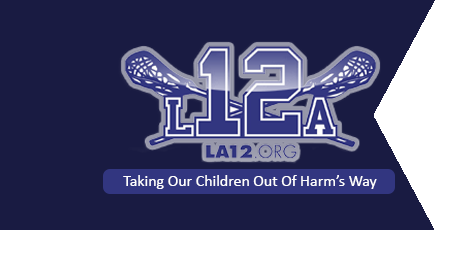Teach all students lifesaving CPR skills
High School Student Saved By Physical Education Teachers
December 1, 2005Rescue Plan Aces Test at School: Psychologist was in right place, right time during cardiac arrest in Marcellus
January 26, 2006Dr. Elise van der Jagt
Guest essayist
(December 8, 2005) — On Nov. 29, the Rochester region witnessed two extraordinary events.
A Rush-Henrietta school bus driver suffered an apparent heart attack while driving. Although the driver unfortunately passed away, a student took charge, immediately called the district for help and kept the other students safe — surely highly commendable actions.
The same day, a 16-year-old in Naples suffered cardiac arrest during gym class. A teacher immediately performed CPR (cardiopulmonary resuscitation) and two minutes later the school’s automated external defibrillator (AED) was attached, giving him two electrical shocks. Within six minutes, the teenager’s heart function was restored and he survived.
These two events underscore the tremendous importance of knowing how to perform CPR and having an AED available.
December marks three years since New York state passed a law requiring the placement of AEDs in schools. In that time, at least 19 lives have been saved because bystanders in a school setting had access to an AED.
The day before these events, the newest international scientific consensus and recommendations on resuscitation became available on the Internet (www.americanheart.org/eccguidelines). These recommendations underscore the critical importance of combining bystander CPR and the use of an AED within three minutes to save lives after a cardiac arrest. (The combination doubles the likelihood of survival.).
Sen. Jim Alesi proposes a bill requiring CPR and AED training as a health curriculum requirement for high school students. If they all learn these skills, within a generation, almost all New Yorkers will be prepared to respond to a cardiac emergency. Let’s urge our lawmakers to support this bill and meanwhile work with local schools to implement this idea.
Van der Jagt is professor of pediatrics and critical care, Golisano Children’s Hospital at Strong, and chairman, American Heart Association New York State Emergency Cardiovascular Care Committee.

